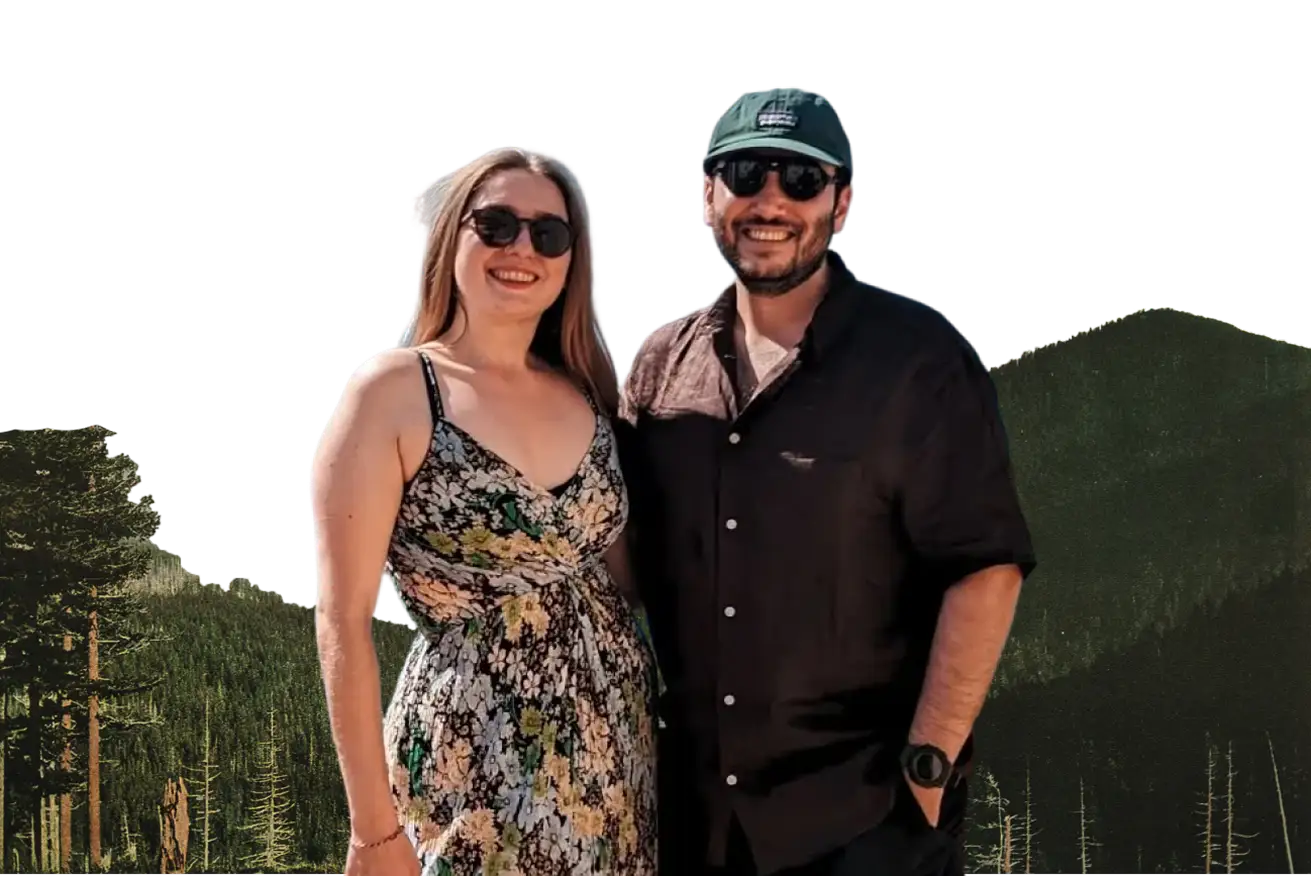There is a silence that lives at the top of the world, a quiet so profound it feels older than time itself. You feel it on the summit of Mount Nemrut, in Southeast Turkey, as the wind whips across a remote, stony plateau. And in that silence, you are met with a gaze. Giant stone heads, toppled from their thrones, sit on the frozen ground, their expressions calm, mysterious, and impossibly ancient. They are the silent audience to a two-thousand-year-old drama of ambition, power, and one king's audacious attempt to cheat death.
We had seen the famous pictures, of course. But no photograph can prepare you for the feeling of standing in that thin, cold air as the sun sets, painting the stone faces in hues of rose and gold. It's less an archaeological site and more a theatre stage, set at the very edge of the world. The journey here is a pilgrimage, a winding ascent into a landscape that sheds its softness, leaving only rock and sky. You arrive feeling small, a fleeting guest in the court of a long-dead, lonely king.
A kingdom on the edge
To understand this place, you must first imagine the world of its creator, King Antiochus I of Commagene. His was a small, precarious kingdom, a "buffer state" caught in the grand geopolitical chess match between the fading Greek Seleucid Empire to the west and the rising Persian Parthian Empire to the east, with the shadow of Rome looming over all. Antiochus was a master of diplomacy, a weaver of alliances, a man who understood that survival for a small kingdom lay in its ability to tell a powerful story.
And what a story he told. He claimed a lineage that was a perfect fusion of worlds, descending from Alexander the Great on his mother's side and the great Persian kings on his father's. He was not just a king; he was a living bridge between East and West.
A conversation among gods
This story is written in stone on the mountain's peak. Here, Antiochus built his own sacred sanctuary, a place where his soul would rest and be worshipped forever. He did not build it to honor the gods; he built it to join them.
On two great terraces, flanking a colossal man-made mound of gravel that hides his still-undiscovered tomb, he erected enormous statues of himself seated as an equal among a syncretic pantheon of his own design. Here, the Greek Zeus shares a name with the Persian Ahura Mazda. The sun god Apollo merges with the Persian Mithras. The hero Herakles stands with the Persian god of victory, Artagnes. It is a conversation between civilizations, a divine committee meeting chaired by the king himself.
Today, earthquakes have decapitated these gods. Their serene, colossal heads rest on the ground before their enthroned bodies, like thoughtful giants interrupted mid-sentence. To walk among them in the deep silence of the mountain is to feel like an intruder in a sacred, frozen conversation.
The architecture of legacy
What kind of ambition fuels such an undertaking? The sheer effort is staggering: quarrying and moving multi-ton blocks of limestone to a remote summit over 2,100 meters high. It speaks of a will not just to rule, but to transcend.
The inscriptions Antiochus left behind are a window into his soul. He speaks of piety and justice, but beneath it all is a burning, human desire to leave a mark that time cannot erase. He was building his own myth, carving his legacy into the very bones of the earth, hoping to create a story so grand it would be told forever.
In a way, he succeeded. His kingdom is long gone, a footnote in the annals of empires. But his lonely mountain throne continues to draw travelers from across the world. They come not to worship him, but to stand in awe of his audacious dream. Mount Nemrut is a profound and beautiful testament to the universal, human hunger to build something that will outlast us, and to the silent, enduring power of a story told in stone.
.svg)




